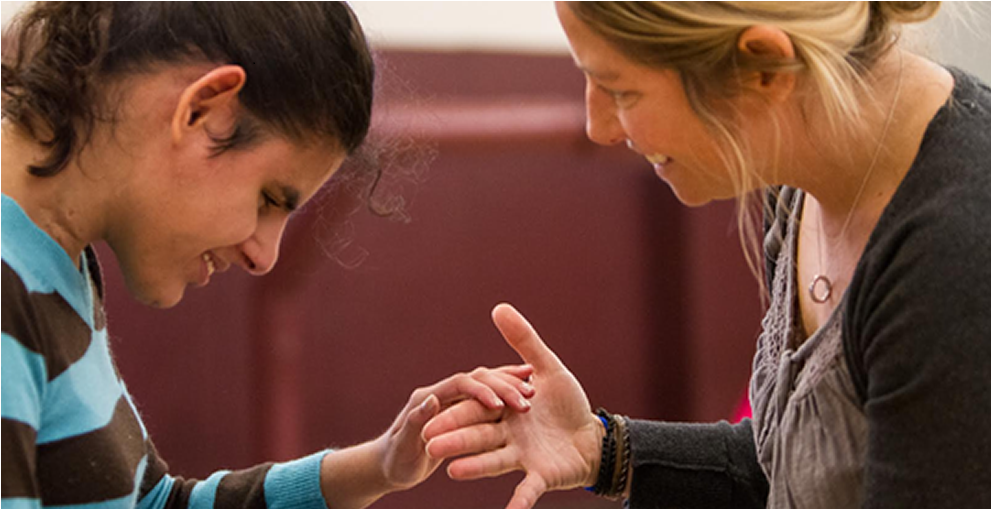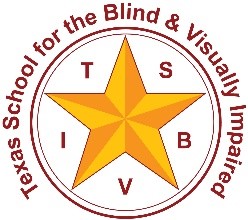Tactile Bodily Perspective
Question: What does our tactile-bodily experience tell us and how does that experience shape our concepts and language?
Our Tactile Bodily Experience
When we say “tactile perspective” most non-deafblind people think primarily of what we touch through our hands. To understand the tactile perspective of a child who is deafblind, especially one who is born deafblind, we must think further than our own finger tips.
Consider what information is gathered through the hair moving on our arms when the breeze is gently blowing on a sunny day. We feel the sun on our face even if we may not pay particular attention to it. We are aware of the breeze even though we might be more focused on something else. These sensations come to us tactually. Automatically. Much like visual and auditory information. However, if we lack the visual reference of the sun in the sky or the auditory reference of the breeze moving through the trees, how might we relate these concepts? What is the language we use to communicate this tactile-bodily feeling of the breeze in our hair or the sun on our face?
Surely the English word “sun” has a different meaning here; not one that is bright, yellow, or setting on the horizon. From a tactile-body perspective, we might use language such as warm or hot, and express that language through movement and touch sensation. What does the word breeze or wind mean in this context? It is not enough for us to speak or sign these words. We must express ourselves through the modal context of the tactile bodily experience.
We invite you to listen to Paul Hart, Head of Research and Practice for SENSE Scotland, as he shares his thoughts on “language from a tactile perspective”.
Deafblind Interaction Menu
Cultural Language of Congenitally Deafblind

A person with sight and hearing needs a radical shift in perspective in order to experience and understand the world from a tactile perspective, which is the way that people who are deafblind experience their world.
– Landscape of Touch
Paul Hart Video: Meaning Conveyed Through Touch
Landscape of Touch Video
Landscape of Touch is a co-production of Perkins International, Sense Scotland, and Signo Dovblindesenter. This video is available for purchase as a DVD on Amazon.Want to learn more? Take a deeper dive!
Listening
This video from Stereophile shows that the part of our brain that typically processes sound can, over time, start to process tactile information. Individuals who are deafblind understand the world primarily through touch. This can include auditory information as well as information about object properties.

